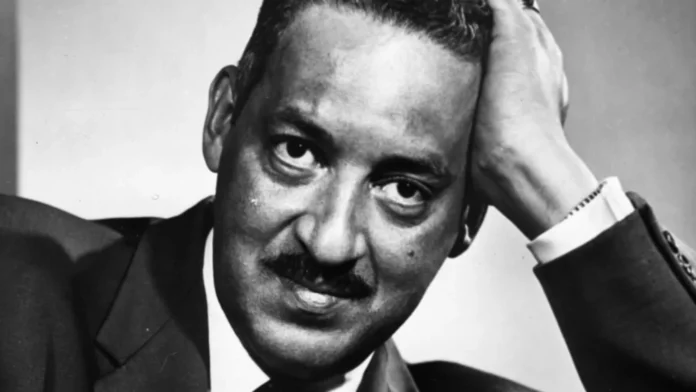American civil rights attorney and jurist Thurgood Marshall (July 2, 1908 – January 24, 1993) served on the U.S. Supreme Court as an associate justice from 1967 to 1991. He made history as the first African-American jurist on the Supreme Court.
He was the former head of the NAACP Legal Defense and Educational Fund before he became a judge. Marshall led the effort to desegregate public schools.
After The Supreme Court’s Landmark 1954 Decision In Brown v.
Board of Education, which overturned the separate but equal principle and proclaimed racial segregation in public schools to be unconstitutional, he won 29 of the 32 civil rights cases he brought there.
President Lyndon B. Johnson appointed Marshall to the Supreme Court in 1967. As the Court drifted to the right, he frequently voiced his disagreement as a committed liberal.
Marshall, a native Baltimorean, received his education at Lincoln University and at Howard University’s prestigious law school.
Also read: The Life Of Richard Petty
His Professor At Howard University,
Charles Hamilton Houston,
Inspired Him to Fight For Civil Rights Through The Law And Called His Pupils “Social Engineers.”
Although Marshall initially established his legal practice in Baltimore, he quickly relocated to New York to join Houston at the NAACP. Marshall, a native Baltimorean, received his education at Lincoln University and the Howard University School of Law.
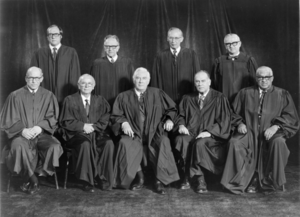
His professor and mentor at Howard University, Charles Hamilton Houston, pushed his pupils to become “social engineers” who would utilize the law to achieve civil rights.
After earning his law degree in Baltimore, Marshall opened his own practice before relocating to New York to join the NAACP and work with Houston.
Background Marshall, a native Baltimorean, received his education at Lincoln University and the Howard University School of Law. His professor at Howard University, Charles Hamilton Houston, inspired him to become a “social engineer” who would utilize the law to promote civil rights.
Although Marshall initially established his legal practice in Baltimore, he quickly relocated to New York to join Houston at the NAACP. Timeliness of developments
The Supreme Court must be given a substantial role in any analysis of the uniting factors in American society.
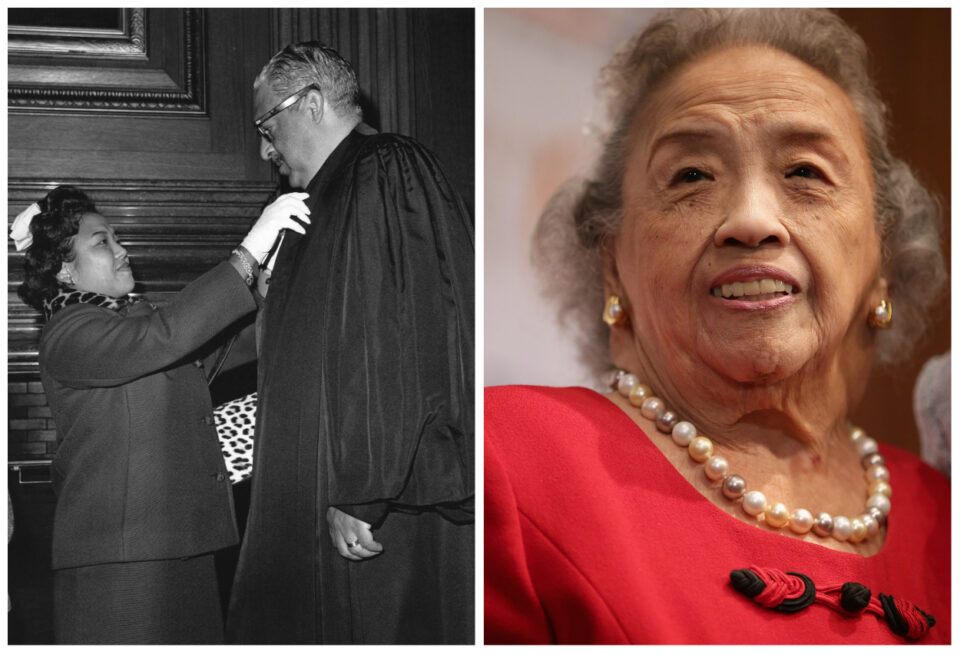
The court had to deal with fundamental constitutional issues including federalism, express and implied powers, checks and balances, and the separation of powers in its early days as an institution.
The Supreme Court used Article I, Section 8 of the Constitution to strike down state legislation of taxes or regulation that unfairly or unreasonably hindered interstate trade in the middle to late 19th century.
Thereafter, the clause has been used to defend Congress’s authority to oversee significant swaths of the economy.
Biography:
When He Was Young, Thurgood Marshall Lived In What City?
On July 2, 1908, Thurgood Marshall entered this world. He was born in Baltimore, Maryland. William Sr. was the steward of an exclusive whites-only country club. Norma, his mom, taught preschool.
His grandpa was a slave who escaped the South and eventually won his freedom. Attending Class
In class, Marshall performed well, but he frequently incurred disciplinary action for his disruptive behavior. He excelled on the debate team because of his passion for argument. Marshall’s dad was a lawyer, thus he liked spending time in court.
As a result, Marshall decided to study law, despite his family’s hopes that he would follow in his brother’s dental footsteps.
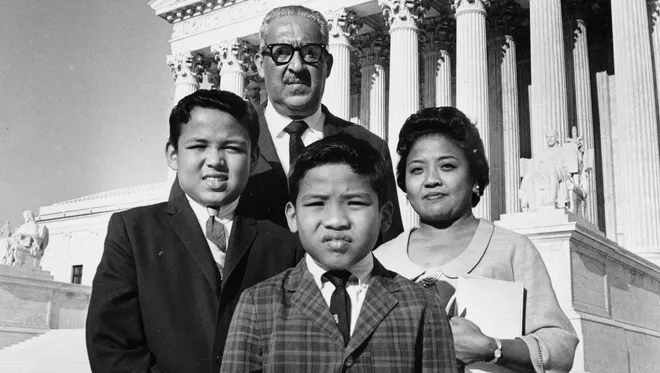
Lincoln University in Pennsylvania is where Marshall got his bachelor’s degree. He joined the Alpha Phi Alpha fraternity and participated on the university’s debate team because he found both activities to be rewarding.
In 1929, he tied the knot with the woman he’d fallen for, Vivien Burey. Marshall planned to enroll at Maryland’s flagship university after finishing at Lincoln.
He tried to enroll in their law school, but they turned him down because of his race. Instead, he pursued a degree in law at Howard University, where he graduated top in his class in 1933.
Also read: Can We Assume That Shep And Taylor Are Still Together?
Being Employed As A Lawyer
Marshall passed the legal test and immediately set up shop in Baltimore. The University of Maryland was the target of one of his earliest landmark cases. Marshall recalled that he was not let in due of his race.
In 1935, he found out that another prospective student, Donald Murray, had been denied admission for the same reasons as Marshall had been.
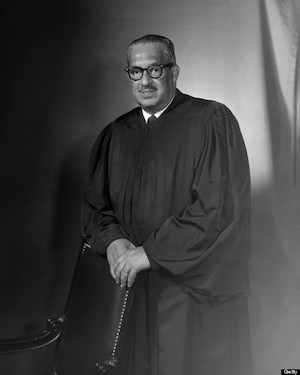
After taking the University of Maryland to court, Marshall ultimately prevailed. This meant that they would have to open enrollment to black students. Marshall’s efforts to end discrimination did not begin here.
NAACP
Marshall’s reputation as a lawyer and a civil rights activist grew simultaneously. He was promoted to the position of NAACP chief counsel (National Association for the Advancement of Colored People).
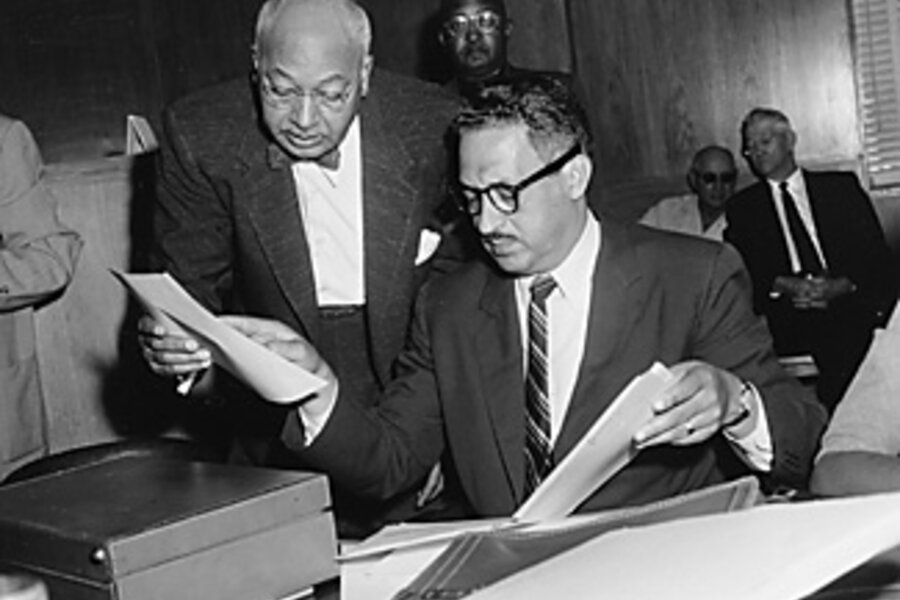
Marshall spent the next few years traveling the country defending African Americans who were unfairly accused of crimes. He was also a vocal opponent of Southern segregation and Jim Crow laws. Over time, he became known as “Mr. Civil Rights.”
Also read: Is It True That Mayra And Donnie Are Still Together?
The Brown v. Board Of Education Case
For Marshall, 1954 was the year of the landmark case that made him a household name. The case was formally known as Brown v. Board of Education.
In this particular case, Marshall claimed that segregation in schools was wrong. While I was growing up, black and white children attended different schools.
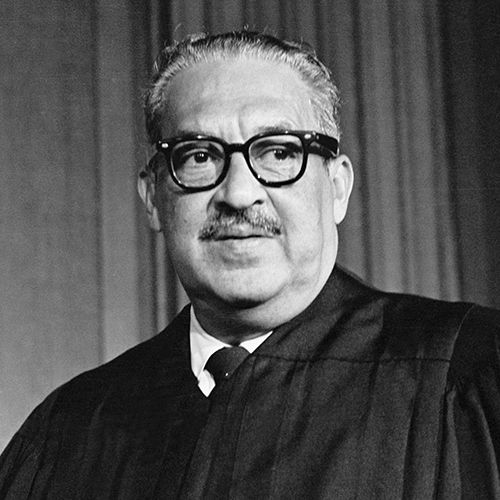
In many places, it was against the law for black children to attend schools with white students. “Separate but equal” was an argument employed by numerous states.
Marshall claimed that segregated schools couldn’t provide a fair education. Marshall’s victory in this case was a watershed moment for the Civil Rights Movement, since it established that racial segregation in public schools violated the Constitution.

